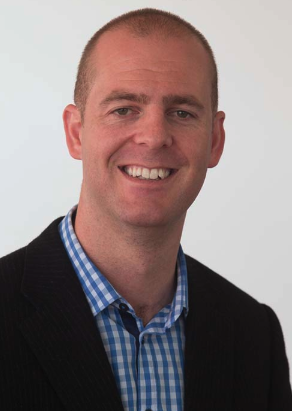Satellite Boosts Internet Coverage Across New Zealand
September 5th, 2019 | News, News & Media by Farmers Weekly

Farmers in areas where rural broadband does not reach might find some options open up with the launch of a satellite providing a boost in coverage and capacity to New Zealand’s most remote areas.
However, it will not be here in time for the Rugby World Cup with the Space X launch carrying the Kacific 1 satellite scheduled for late this year.
Gravity Internet co-founder Tim Johnson, working in partnership with Kacific Broadband Satellites Group, said his company is running two satellites already providing broadband coverage but the third marks a milestone in technology.

“The new satellite will give us greater capability and capacity, which will, in turn, mean users are effectively getting more data and speed for what they pay.”
The company has proved something of a disruptor in NZ’s rural broadband satellite market, which was dominated by two large players, Farmside and Wireless Nation.
Offering uncapped data for less than $200 a month injected more competition into a market that had till now proved relatively expensive for many rural people, he said.
And as the Rugby World Cup looms it remains to be seen how rural users will be served when the games kick off.
“We have had a lot of inquiry from potential customers about how well they will see it. Generally, our response is we do not know as we do not control the system, Spark does.”
Spark has involved other internet service providers in the process and has worked well with Gravity.
“But at the end of the day this is an unprecedented method.”
Gravity’s main market is rural users who are not going to be served by the Rural Broadband Initiative (RBI) and the company’s satellite footprint covers all of NZ.
“There are also a fair portion of rural households that are on the fringes and are supposed to get RBI. It is debatable about just how fast the internet connectivity they get, versus what they are supposed to get, really is.”
Problematic areas for RBI coverage and markets for the likes of Gravity include parts of Northland, the southern West Coast and parts of Marlborough.
Johnson said satellite coverage has been viewed as a connection of last resort but is generally available to anyone who has a clear view of the sky.
“With more than one satellite we have greater chance of being able to deliver coverage to most people.”
Tourism operators seeking constant coverage for health and safety regulations are the company’s second main market.